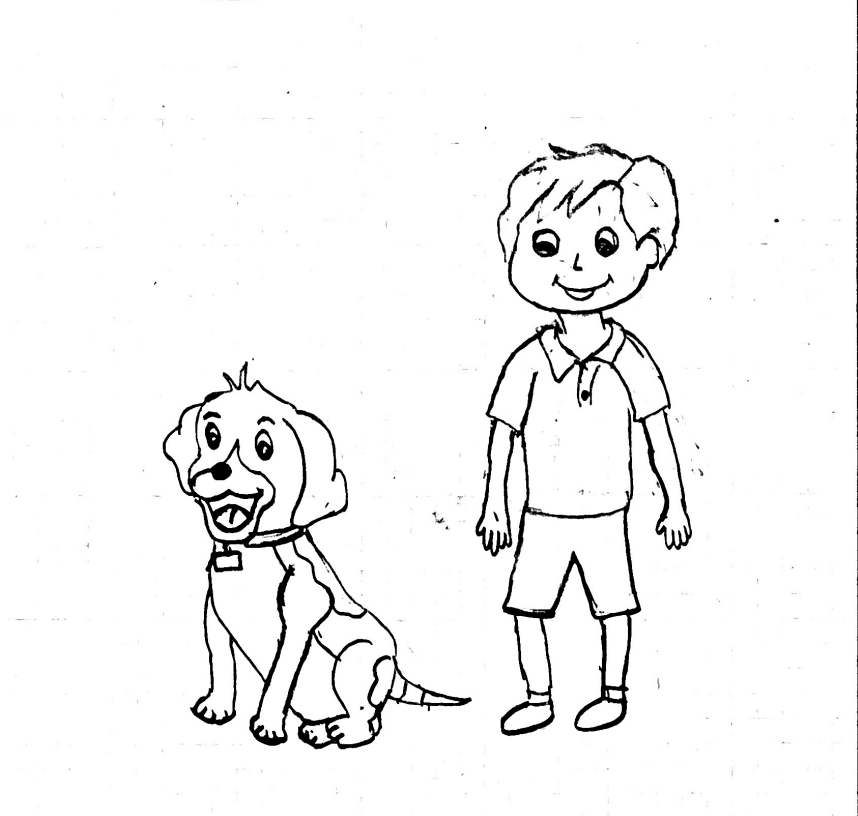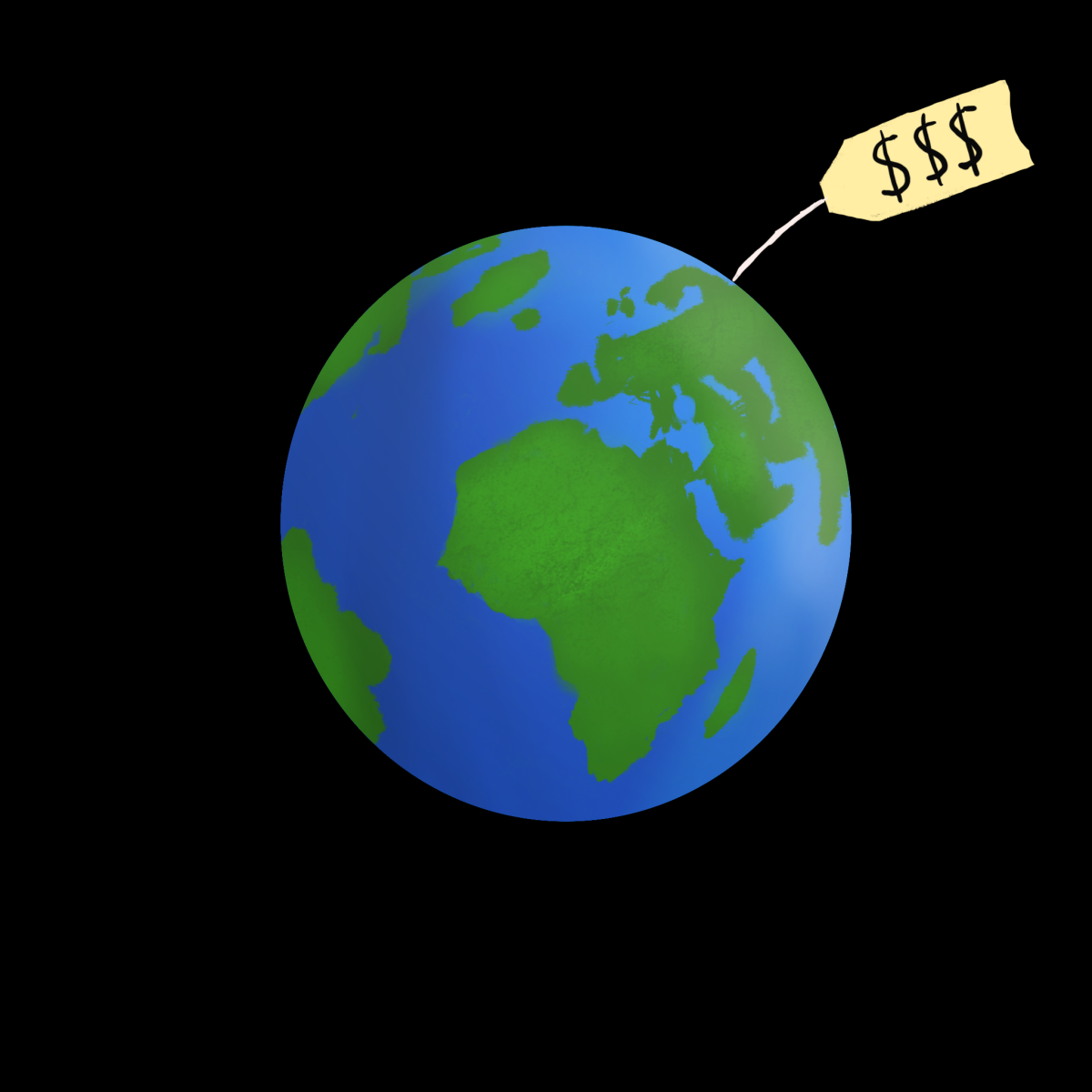In the era of online shopping and instant gratification, fast fashion giants such as Shein, Asos and Boohoo have flourished by offering trendy clothes at incredibly low prices. However, behind the appeal of budget-friendly apparel lies a daunting truth: the fast fashion industry’s disastrous impact on the environment. It’s high time we examine more closely the serious consequences of our fashion choices and demand a change in the way we consume. I don’t intend to single anyone out as I am also a user of these brands, and it’s worth noting that haute couture runway fashion is also a significant issue. While I may not be able to do much about fashion week, I can certainly control my $50 spending.
Fast fashion has become a major force in the fashion industry. It is characterized by its fast production, high turnover and low prices. Brands like Shein, Asos, Boohoo, Temu, Wish, Cider, Fashion Nova and many more are experts in quick production and distribution. They can produce new designs almost as quickly as trends emerge, which allows them to cater to the ever-changing desires of consumers. As a result, buying cheap clothing has become easier than ever before: a temptation I am not immune to. However, this approach has severe environmental consequences that cannot be ignored. When speaking to 3rd floor Sorin RAs SJ and Olivia, they both said they shopped at Cider, and while they knew the effects, they also loved what they got, and I can’t blame them.Shien has a strong hold on my wallet, too.
The fashion industry has a reputation for its excessive use of resources. This ranges from water-intensive cotton farming to energy-consuming manufacturing processes, resulting in an immense environmental impact. Moreover, the industry’s reliance on low-quality materials and workmanship contributes to a throwaway culture. Clothes are often discarded after only a few wears, leading to a significant increase in textile waste, much of which ends up in landfills.
Fast fashion is also a concern due to its impact on climate change. The textile industry is a major contributor to greenhouse gas emissions, with synthetic fibers being widely used by these brands. The production of these fibers is energy-intensive and relies on fossil fuels. Additionally, transporting goods from low-wage countries to consumers worldwide increases the carbon footprint of fast fashion. It’s accurate to say that the fashion industry is a significant driver of climate change, and your Aliexpress receipt can testify to that. However, it’s essential to note that the US imports a significant portion of its products from overseas, as evidenced by the “Made in Bangladesh” label.
The fast fashion industry has been known to exploit workers in countries with poor labor regulations. These workers often suffer from long working hours, substandard working conditions, and meager wages, all for the sake of producing inexpensive clothing. Brands like Zara, H&M and GAP have faced criticism for their involvement in this unethical practice. This issue brings to light the moral concerns that arise from our demand for low-cost fashion. If i’m not willing to work a job that only pays $12 dollars an hour, why would I expect anyone else to work in horrible conditions and only get paid $4 an hour.
To mitigate the environmental and social consequences of fast fashion, consumers need to consider making more conscious choices such as supporting more sustainable brands, thrifting, investing in quality not quantity, reducing consumption, educating ourselves and advocating for change. Like I said before, we can’t do much about the upcoming Sao Paulo Fashion Week but we can do our due part.
It’s hard to resist the appeal of fast fashion brands, but the truth is that they’re having a massive negative impact on the environment. If we start making more thoughtful choices as consumers and demanding that the fashion industry takes responsibility for its environmental footprint, we can create a future where fashion is both stylish and sustainable. It’s time to stop ignoring the devastating effects of fast fashion and take action for the sake of our planet and future generations.













